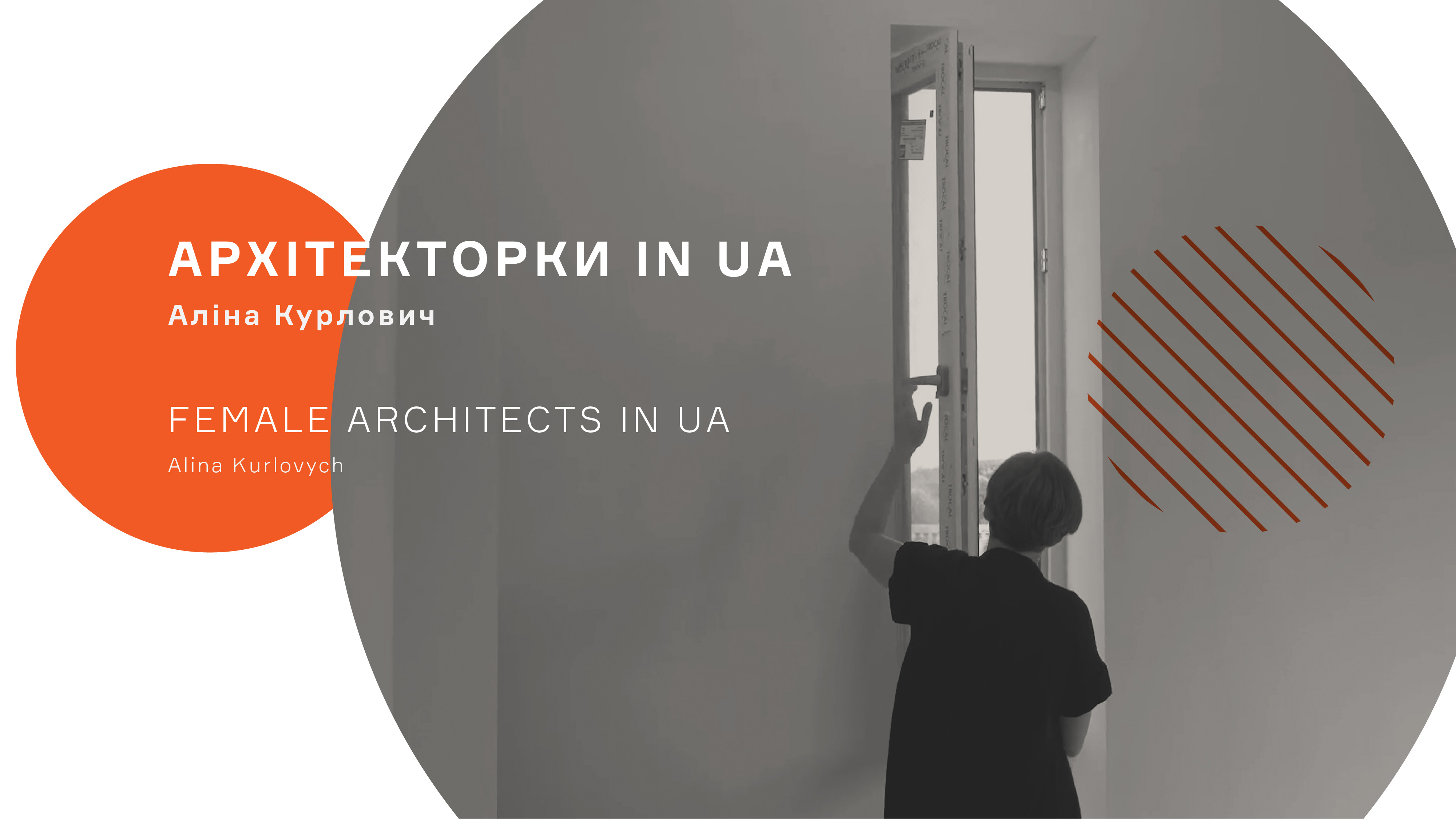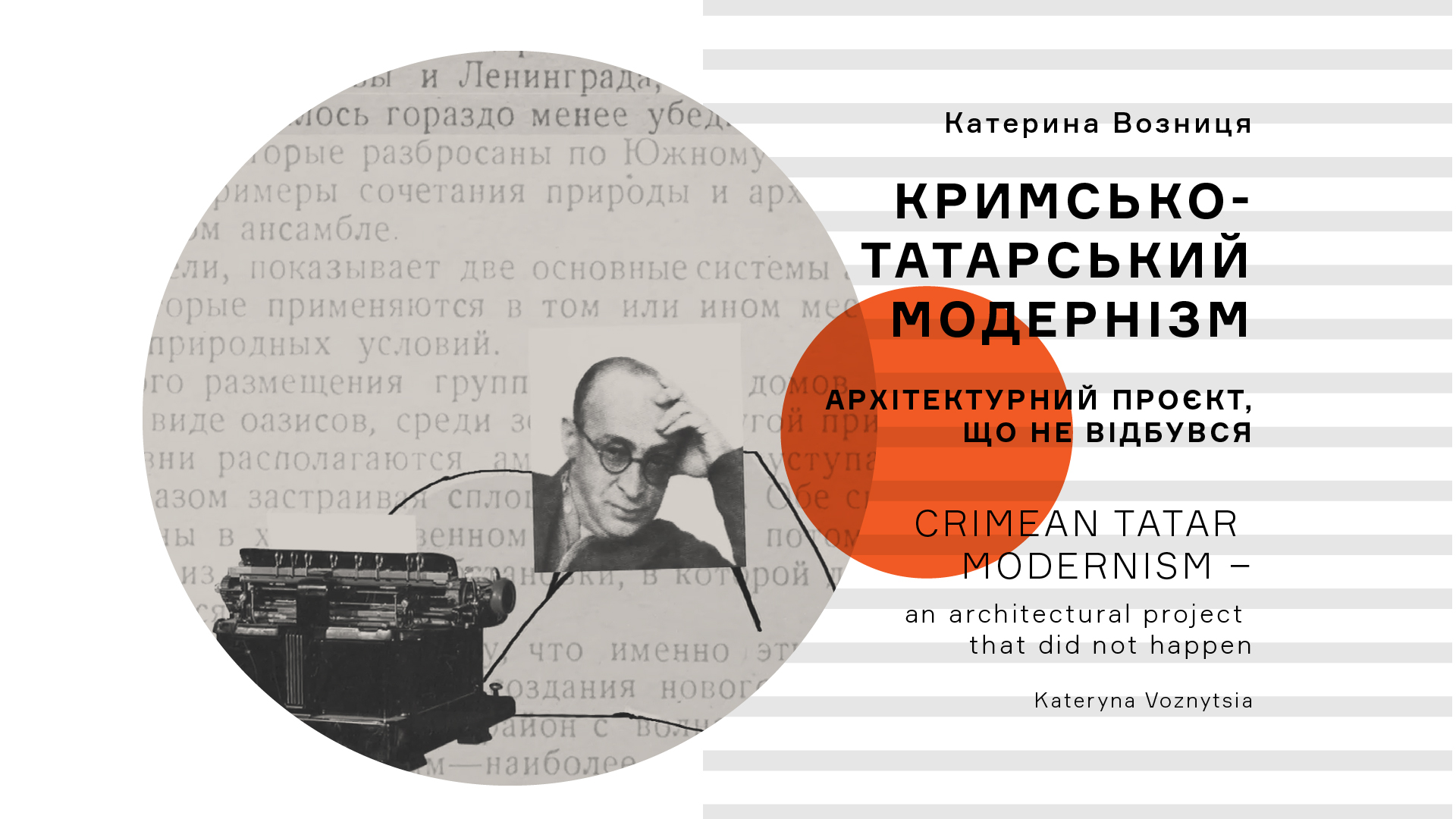Imagine a romantic lunch on the airy, silver, and aircraft-grade dural covered terrace. Sunrays are touching your charming face and a light breeze waves your hair. That’s how a day in elite newbuild starts. Any apartment provides a view of your own part of the sea and two parks. Without making a single step outside you’ll be able to meet your neighbors and discuss your recipes of borscht and gobies thanks to our unique industrial neighborliness traditions support program.
You’re welcome to go up to our awesome skywalk with its splendid cityscape on the 32nd floor of our residential cluster building. You could have a sunbath there or invite your friends to have some beer and BBQ.
There’ll be cafés, restaurants, department stores, beauty salons, banks, and even cinemas and casinos – the unparalleled comfort will bring you an ability not to leave the residential cluster at all. The quarantine won’t be a holdback for proper social activities any longer. And the residents-only fitness center will let you stay fit (super offer: each third month is free of charge!).
If you’d like to go somewhere there’s huge gorgeous parking and in some 5 minutes on foot, there’s a public transport stop. At the stop, there are various authentic local street-food stands so while waiting for your bus you can enjoy coffee and kebab.
The residential cluster is surrounded by a high fence and equipped with the newest observation systems so you won’t be worrying while your kids play at our unique concrete playground. By the way, there’s an awesome city school and a kindergarten nearby where the average class size is just about some 40 kids. You could then let your child spend time at some development class. Someday your kids would like to have their own apartments - time goes fast. So you could buy an apartment for them in the neighboring apartment block.
Our residential cluster keeps your family values together with the values and storied history of our old city, it’s fancy balconies and rain-screen cladding traditions.
You can see such a cliché commercial text on any newbuilt real estate sales or rent website. Typically, such texts are being created by copywriters from development companies’ marketing departments and then promoted via advertisement websites. It is interesting that real estate professionals started to apply storytelling alongside the technical specifications of the residential cluster like address, apartment location, and space measured in square meters. They research their audience and try to create an image of a charming new lifestyle with a beautiful artistic story. However, within a framework of post-soviet city development, these attempts to either correspond to new life standards and values or create them looks like an embarrassment.
On one hand, developers are taking advantage of the local urban mythology, “the Odesa myth” for instance. On the other hand, they try to mix it with modern living standards.
A brave new world of urban realia:
- abandoned sandlot with a bunch of piles staring from catacombs or sank in an underground lake;
- a huge crack in the fundament which was spotted only after a building is already put in commission;
- plastic playground surrounded by a huge parking and a high fence instead of an open-air cozy yard;
- the awesome view will be obstructed with newbuilds outline in a couple of years;
- a few hundreds of inhabitants, who are not even familiar with their next-door neighbors instead of neighborliness atmosphere;
- never-ending traffic jams parked narrow sidewalks and silence only in the nighttime instead of infrastructure that in fact exists uniquely in an advertisement brochure.
Happy housewarming! You are welcome.

































